-
Forty days and forty-five nights at space’s edge
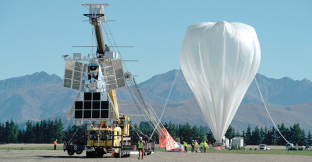
The SuperBIT telescope spent more than a month being carried through the stratosphere by a scientific balloon, imaging space from above 99.5% of the Earth’s atmosphere. This is a preview of subscription content, access via your institution Access options Access through your institution Change institution Buy or subscribe /* style specs start */ style{display:none!important}.LiveAreaSection-193358632 *{align-content:stretch;align-items:stretch;align-self:auto;animation-delay:0s;animation-direction:normal;animation-duration:0s;animation-fill-mode:none;animation-iteration-count:1;animation-name:none;animation-play-state:running;animation-timing-function:ease;azimuth:center;backface-visibility:visible;background-attachment:scroll;background-blend-mode:normal;background-clip:borderBox;background-color:transparent;background-image:none;background-origin:paddingBox;background-position:0…
-
These supernovas are whipping up a storm, contributing to cosmic life and death
Astronomers have discovered a hitherto unknown source of the cosmic dust. As to why this dust is important to track? Well, these particles basically act as building blocks for stars. The international team found that such dust can be created by a type of cosmic explosion that occurs when a dead white dwarf star strips…
-
An Astronomer’s Lament: Satellite Megaconstellations Are Ruining Space Exploration

I used to love rocket launches when I was younger. During every launch, I imagined what it would feel like to be an astronaut sitting in the spacecraft, listening to that final countdown and then feeling multiple gees push me up through the atmosphere and away from our blue marble. But as I learned more…
-
U.N. committee to take up issue of satellite interference with astronomy
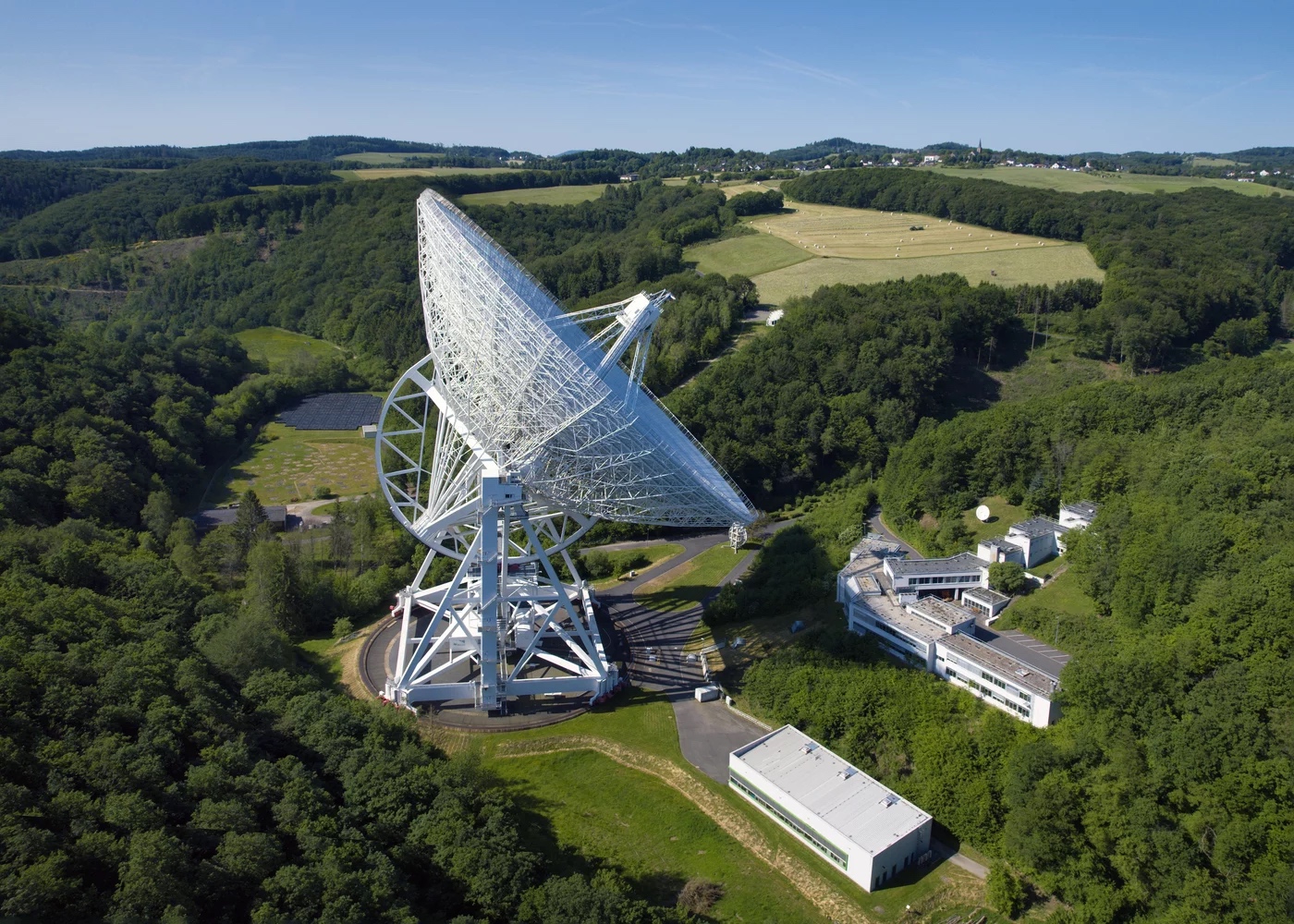
Updated Feb. 24 to clarify scope of COPUOS work. WASHINGTON — A United Nations committee will study the interference risks that satellite constellations pose to astronomy, a year after rejecting a similar proposal to do so. At the conclusion of the meeting earlier this month of its scientific and technical subcommittee, the U.N.’s Committee on…
-
Astronomers discover universe’s brightest object – a quasar powered by a black hole that eats a sun a day
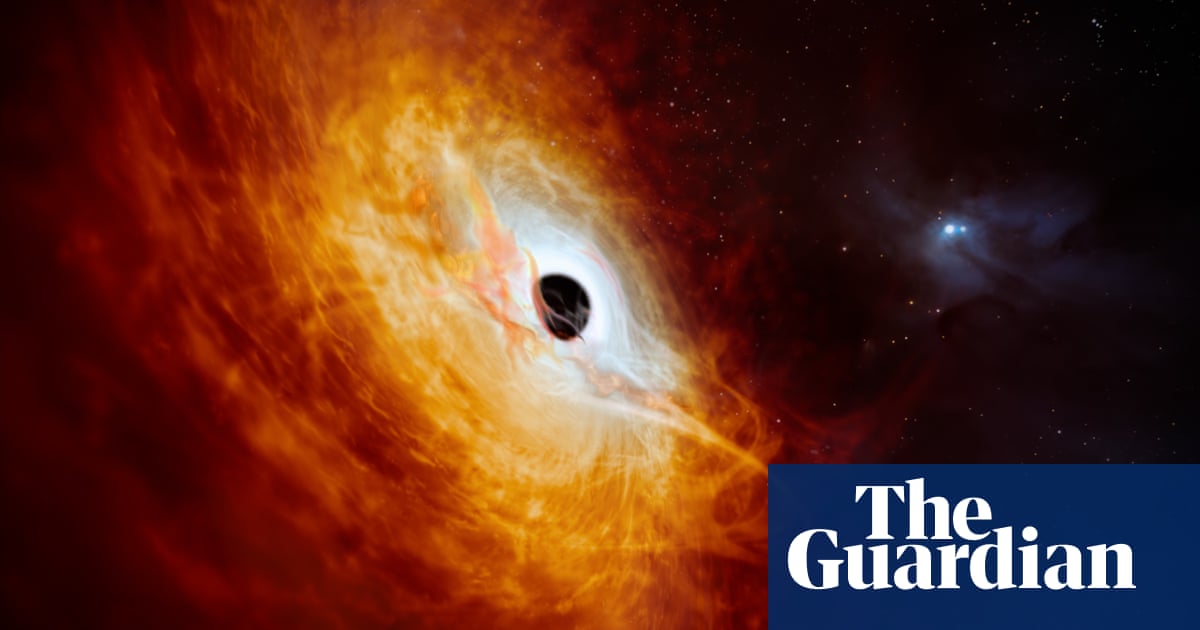
The brightest known object in the universe, a quasar 500tn times brighter than our sun, was “hiding in plain sight”, researchers say. Australian scientists spotted a quasar powered by the fastest growing black hole ever discovered. Its mass is about 17bn times that of our solar system’s sun, and it devours the equivalent of a…
-
Astronomers find monster black hole devouring a sun’s-worth of matter every day
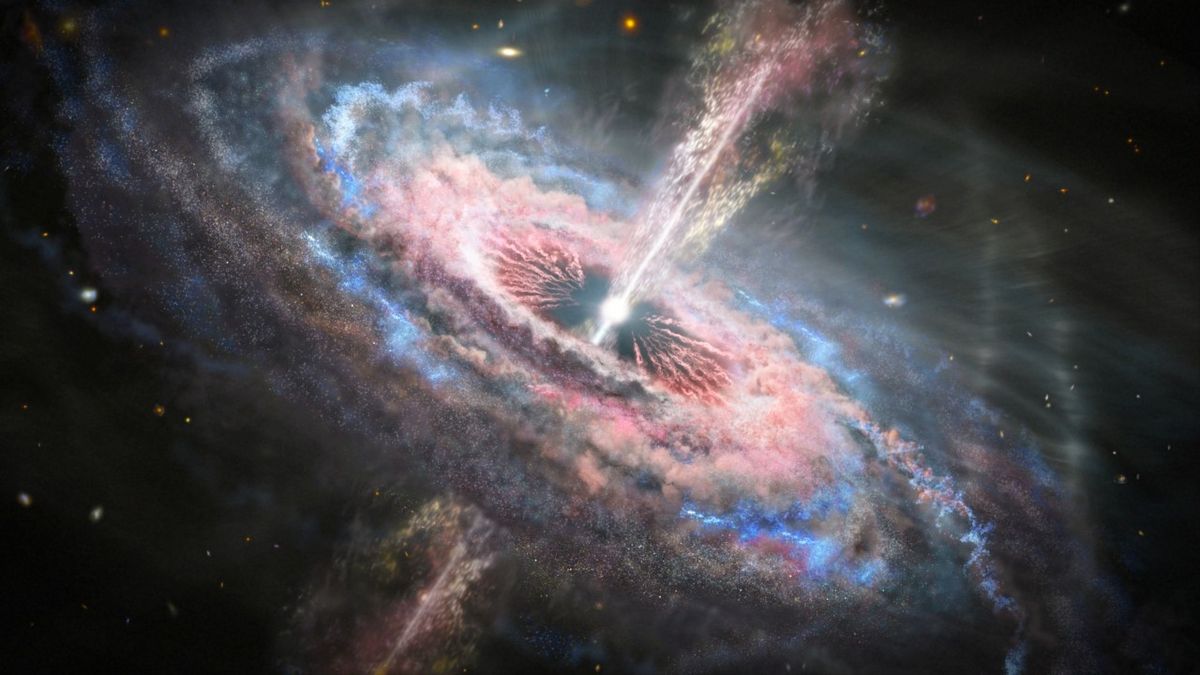
Scientists have spotted the brightest and fastest-growing quasar ever seen — a monster black hole that’s devouring a sun’s-worth of material every day. The brightly burning object, named J0529-4351, weighs between 17 billion and 19 billion solar masses and is located 12 billion light-years from Earth — meaning it dates to a time when the…
-
Brightest quasar ever seen is powered by black hole that eats a ‘sun a day’
A newly discovered quasar is a real record-breaker. Not only is it the brightest quasar ever seen, but it’s also the brightest astronomical object in general ever seen. It’s also powered by the hungriest and fastest-growing black hole ever seen — one that consumes the equivalent of over one sun’s mass a day. The quasar,…
-
How infrared astronomy allows us to observe the Universe beyond visible light
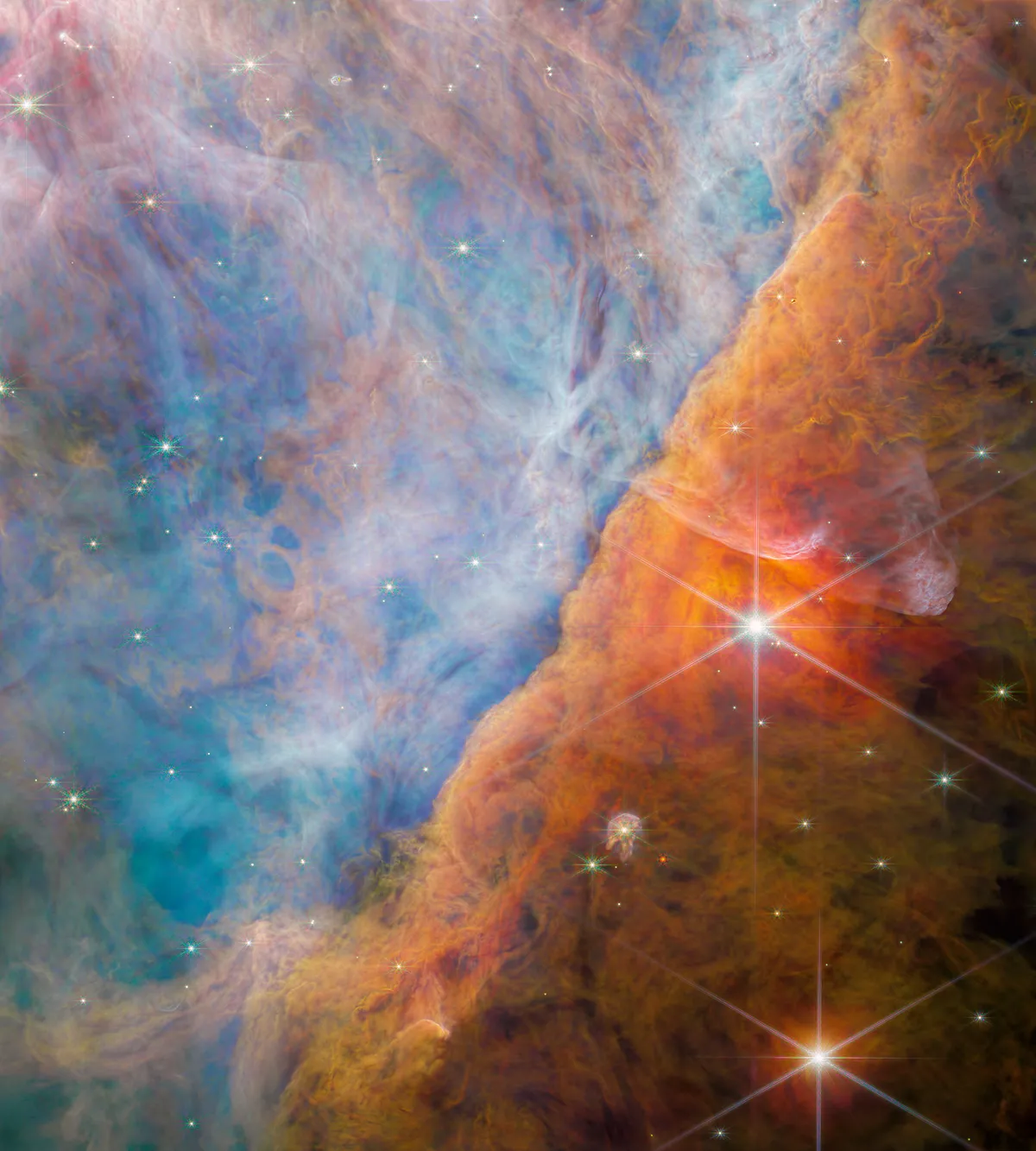
Infrared astronomy has become much better understood by non-astronomers in recent years, thanks in part to the incredible image and discoveries of the James Webb Space Telescope. But why is infrared so good for observing the Universe, and why do astronomers choose to observe a galaxy or star-forming region in infrared rather than optical light?…
-
We asked a radio astronomer to answer 8 of the biggest, trickiest questions about the Universe

What questions about the Universe keep you awake at night? Do you ever think about how the Universe began, how it will end, whether there was anything before this Universe? Questions abound in science, physics and astronomy. That’s what keeps science so dynamic and interesting: there’s always something new to discover, even if it’s simply…
-
Space photo of the week: Astronomers make an ‘artificial star’ over Hawaii

What it is: The Gemini North telescope When it was published: Feb. 7, 2024 Where it is: The Gemini Observatory at the summit of Mauna Kea in Hawaii Why it’s so special: Stars twinkle — and that isn’t good if you want to study them using large telescopes. The twinkling comes from light passing through…